FINEX Folio
By J. Albert Gamboa

SINGAPORE-BASED Asian Insurance Review has announced that Prudential Guarantee and Assurance, Inc. (PGAI) remained the highest ranked Philippine nonlife insurance company in terms of premium income for 2020.
Based on the latest financial statistics released by the Insurance Commission (IC) of the Philippines, PGAI has emerged as the country’s nonlife industry leader in nine of the last 10 years. In 2020, PGAI’s net premiums written (NPW) amounted to P4.6 billion, followed by Malayan Insurance Co. and Pacific Cross Insurance, Inc. with P4.1 billion and P3.3 billion, respectively. NPW represents how much of the premiums the company gets to keep for assuming risk.
For the life insurance sector, Sun Life of Canada (Philippines), Inc. topped the 2020 list with a premium income of P39.3 billion. Philippine AXA Life Insurance Corp. was second at P31.3 billion, and Pru Life Insurance Corp. of UK came in third at P31.0 billion. Sun Life has consistently been number one in its segment since 2012.
In his report to Finance Secretary Carlos Dominguez III, IC Commissioner Dennis Funa said that amid the challenges resulting from the COVID-19 pandemic, the insurance industry managed to grow 2.8% year on year as of September 2020. Meanwhile, total industry assets increased to P1.8 trillion from P1.7 trillion in 2019. The nonlife insurance sector’s assets expanded by 9.9% during the same period, while those in the life insurance sector grew by only 1.0%.
Mr. Funa also revealed that during the fourth quarter of 2020, the industry’s total premium income of P216.5 billion declined by P8.5 billion compared to the corresponding period in 2019. As of the third quarter last year, P2.4 billion in aggregate claims were paid by insurance companies, with the health maintenance organization (HMO) segment paying the biggest chunk of coronavirus-related claims.
HMOs paid P1.3 billion or 55% of the total claims in 2020, which were mostly for hospitalization benefits. The life insurance segment was next at P817.9 million, followed by mutual benefit associations at P222 million. Paying the lowest in claims were the nonlife insurers at P56.5 million.t
According to a circular issued by Mr. Funa this month, the nonlife sector has been directed to implement sustainable catastrophe insurance premium rates. The IC is set to formally establish the Philippine Catastrophe Insurance Facility (PCIF) with technical assistance from the World Bank. Prior to the lockdowns last year, a memorandum of understanding was signed between the IC, the Philippine Insurers and Reinsurers Association, and the National Reinsurance Corp. of the Philippines to formalize the PCIF.
Among the PCIF’s objectives are to increase Philippine financial resilience toward natural disasters to hasten the recovery of communities after a large loss event; address the catastrophe insurance gap; create a more risk-appropriate rating environment that would ensure sustainable disaster premium rates; provide the public with more inclusive access to catastrophe insurance protection; and improve the catastrophe resilience of the Philippine insurance industry and its capacity to retain disaster risks.
Nonlife insurers are encouraged to redirect their catastrophe risks to the PCIF, which shares the pooled risks with the participating companies. Since the Philippines is prone to disasters, it faces some of the highest climate-related risks in the world. Thus, there is a need to accelerate the penetration of climate and disaster risk insurance, which still has a low penetration rate in the country.
J. Albert Gamboa is the chief finance officer of Asian Center for Legal Excellence and co-chairman of the FINEX Week Committee. The opinion expressed herein does not necessarily reflect the views of these institutions and BusinessWorld.